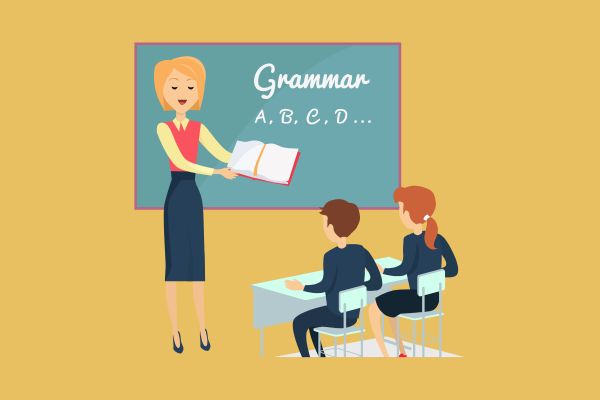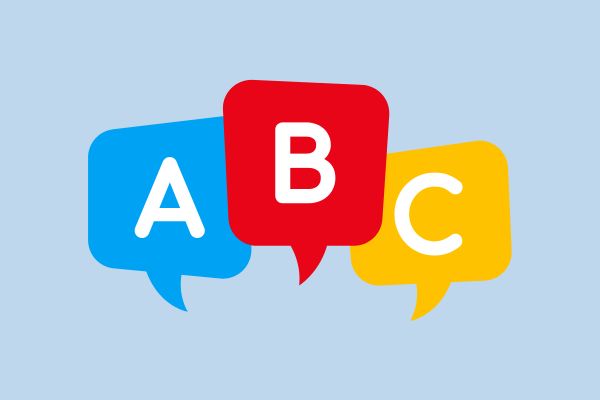Direct and Indirect Speech: A Comprehensive Guide

Direct and indirect speech, also known as reported speech, are two essential ways of conveying someone else’s words or thoughts.
Whether in conversation, writing or storytelling, understanding how to transform direct speech into indirect speech and vice versa is crucial for effective communication.
In this comprehensive guide, we will explore the concepts, rules and examples of direct and indirect speech.
1. Direct Speech
Direct speech is the act of reporting someone’s exact words, preserving the original statement as it was spoken and enclosing it within quotation marks. When using direct speech, the speaker’s words are presented verbatim.
Example:
John said, “I am going to the park.”
In the above sentence, the words “I am going to the park” are directly quoted from John’s statement.
2. Indirect Speech (Reported Speech)
Indirect speech, on the other hand, involves reporting someone’s words or thoughts without using their exact phrasing. Instead of using quotation marks, the statement is integrated into the reporting sentence, with necessary changes to tense, pronouns and other elements.
Example:
John said that he was going to the park.
In the above sentence, the original statement “I am going to the park” is reported indirectly with changes in tense and pronoun.
Rules for Changing Direct Speech to Indirect Speech
a. Reporting Verb
The verb used to introduce the indirect speech is called the reporting verb (e.g., said, told, asked, mentioned). It should be in the past tense when converting from direct to indirect speech.
Example:
Direct Speech: She says, “I like ice cream.”
Indirect Speech: She said that she liked ice cream.
b. Tense Changes
In indirect speech, most of the verb tenses in the original statement are shifted back one tense.
Present Simple ➜ Past Simple
Present Continuous ➜ Past Continuous
Present Perfect ➜ Past Perfect
Past Simple ➜ Past Perfect
Example:
Direct Speech: Tom says, “I am studying.”
Indirect Speech: Tom said that he was studying.
c. Pronoun Changes
Pronouns in the original statement may need to be changed to maintain accuracy and reflect the perspective of the reporting speaker.
1st person ➜ 3rd person
2nd person ➜ 3rd person
Example:
Direct Speech: He said, “I love this song.”
Indirect Speech: He said that he loved that song.
d. Time and Place References
Time and place references in the original statement often require adjustments when reported indirectly.
Example:
Direct Speech: She said, “I will meet you here tomorrow.”
Indirect Speech: She said that she would meet me there the next day.
e. Modal Verbs
Modal verbs may change when converting from direct to indirect speech.
can ➜ could
will ➜ would
may ➜ might
shall ➜ should
must ➜ had to
Example:
Direct Speech: He said, “I can help you.”
Indirect Speech: He said that he could help me.
3. Punctuation in Indirect Speech
Punctuation marks, such as question marks, exclamation marks and full stops, are usually omitted in indirect speech.
Example:
Direct Speech: She asked, “Are you coming to the party?”
Indirect Speech: She asked if I was coming to the party.
4. Reporting Imperatives
Imperative sentences (commands or requests) are usually changed to infinitive phrases in indirect speech.
Example:
Direct Speech: He said, “Close the door.”
Indirect Speech: He told me to close the door.
5. Reporting Questions
Questions in direct speech are typically transformed into reported questions using the reporting verb ‘asked’ or ‘wondered,’ and the word order changes.
Example:
Direct Speech: She asked, “Can you help me?”
Indirect Speech: She asked if I could help her.
6. Reporting Exclamations
Exclamations in direct speech are reported using the reporting verb ‘exclaimed’ or ‘cried’ without any changes in the structure.
Example:
Direct Speech: He said, “What a beautiful view!”
Indirect Speech: He exclaimed that it was a beautiful view.
7. Additional Changes
When reporting thoughts or suggestions, the reporting verb ‘thought’ or ‘suggested’ is used and other adjustments follow the rules mentioned above.
Example:
Direct Speech: She thought, “I should call him.”
Indirect Speech: She thought that she should call him.
Here’s a table summarising the rules for transforming sentences from direct speech to indirect speech:
| Aspect | Direct Speech | Indirect Speech |
| Reporting Verb | Present tense (e.g., says, tells) | Past tense (e.g., said, told) |
| Tense Changes | Backshift one tense | Backshift one tense |
| Pronoun Changes | 1st and 2nd person to 3rd person | Maintain the same person as the reporting subject |
| Time and Place References | May need adjustment | May need adjustment |
| Modal Verbs | Can ➜ could, will ➜ would, etc. | Can ➜ could, will ➜ would, etc. |
| Punctuation | Retain punctuation marks | Omit punctuation marks |
| Reporting Imperatives | Change to infinitive phrases | Change to infinitive phrases |
| Reporting Questions | Use reporting verb + word order change | Use reporting verb + word order change |
| Reporting Exclamations | Use ‘exclaimed’ or ‘cried’ | Use ‘exclaimed’ or ‘cried’ |
| Reporting Thoughts/Suggestions | Use ‘thought’ or ‘suggested’ | Use ‘thought’ or ‘suggested’ |
Calling all law aspirants!
Are you exhausted from constantly searching for study materials and question banks? Worry not!
With over 15,000 students already engaged, you definitely don't want to be left out.
Become a member of the most vibrant law aspirants community out there!
It’s FREE! Hurry!
Join our WhatsApp Groups (Click Here) and Telegram Channel (Click Here) today, and receive instant notifications.





